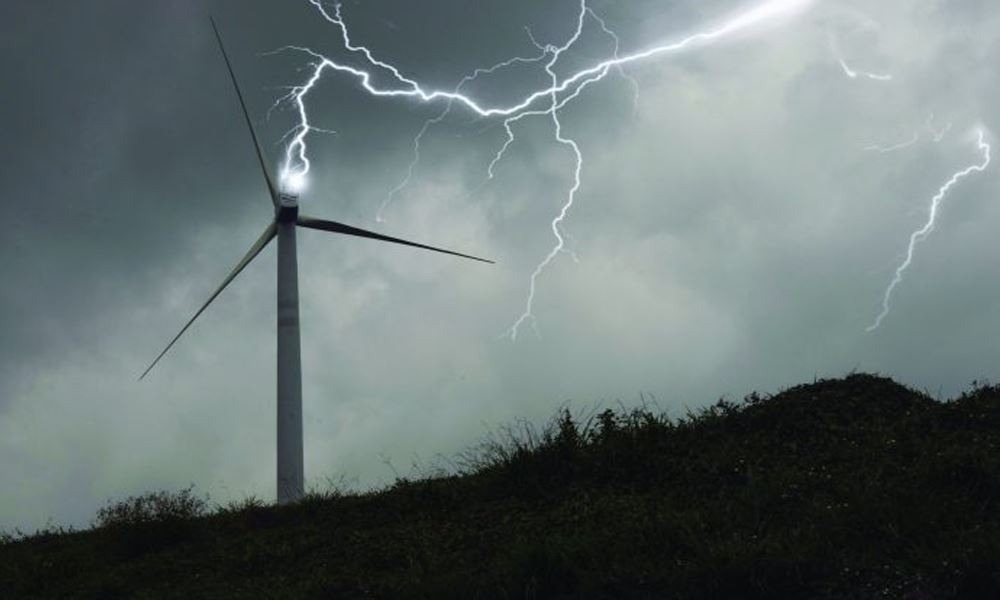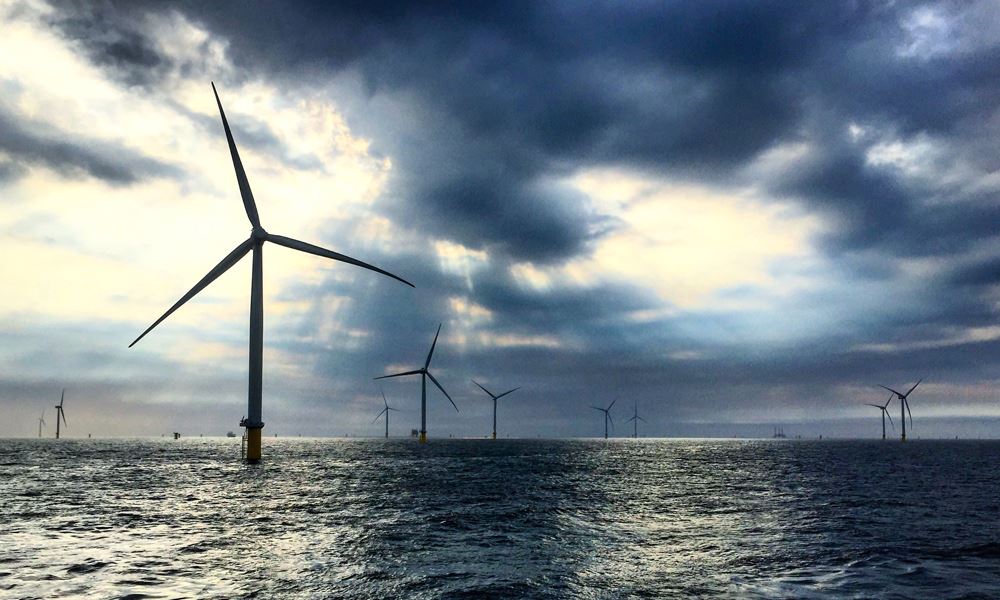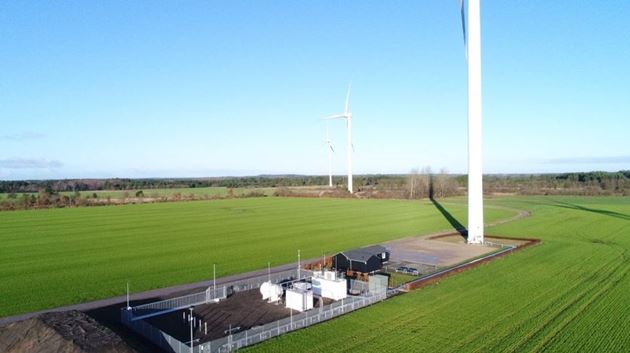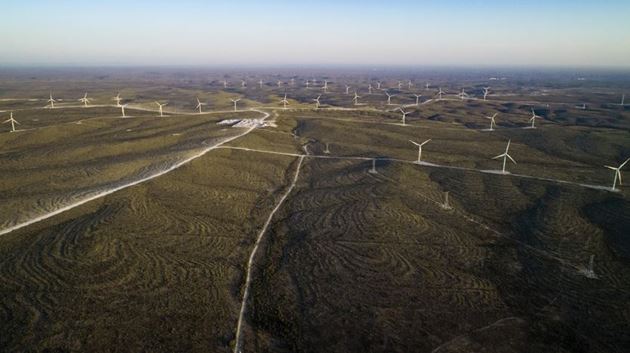
Meteorology, key to meeting the goals of the UN’s Agenda 2030
Although it sometimes goes unnoticed, meteorology plays a vital role in the development of economic activities, and even more so in the field of renewable energies. To give just one example, the science that studies atmospheric phenomena is responsible for deciding where to locate a wind farm so that it offers the highest possible yield. But in addition, meteorology is crucial to help meet goals 11 and 13 of the 2030 Agenda for Sustainable Development, Sustainable Cities and Communities and Climate Action, respectively.
"Of the 17 goals set by the UN, there is only one that has nothing to do with meteorology and climatology; in all the others it is a necessary element for achieving them through its different facets: atmospheric pollution, climate information, climate change or weather forecasting," says Nekane Martínez, head of the Meteorological and Energy Forecasting department at Siemens Gamesa. Achieving more accurate forecasts is essential, which is why meteorologists rely on Big Data and Artificial Intelligence.
"Within the UN itself we find initiatives such as the UN Global Pulse designed to take advantage of the potential of Big Data," explains Camilo Moreira, Meteorology expert at Siemens Gamesa. UN Global Pulse is the UN Secretary General's initiative on Big Data and Artificial Intelligence for development, humanitarian action and peace.
Tackling climate change and promoting sustainable development are two issues that go hand in hand, since "investments in sustainable development help to tackle climate change by reducing greenhouse gas emissions, helping to drive sustainable development," adds Nekane Martínez. Among all these goals, we highlight two: 11 (Sustainable Cities and Communities) and 13 (Climate Action).

According to the meteorologists consulted, other points that can be achieved within objective 11 are maximizing agricultural production by controlling meteorological variables or making a good seasonal forecast to improve the management of water resources. In addition, it is also very important to apply preventive measures in the face of extreme events, as was the case of the great snowfalls of Filomena in Madrid, Spain in early 2021 or most recently in Texas, United States.

This vulnerability and exposure is related to the place, that is to say, it has a local component. Each region has different characteristics and means that there is no one-size-fits-all solution. "The different climatic conditions and vulnerability, as well as the exposure to climatic conditions by the population determine which adaptation measures are reasonable to apply in different places and sectors," says Ernesto Rodriguez, head of the Climate Assessment and Modeling Area (AEMET) and member of the board of directors of the AME.
To improve weather forecasting and help unusual weather conditions, digitization is key to improving the quality of forecasting variables and deepening new applications. For example, within wind energy, this digitization can be perceived. "The prediction of the risk of icing on blades or the probability of electrical activity around wind turbines is already available. In the near future, we will also offer the prediction of dust in suspension, a phenomenon that can trigger erosion and early wear on the blades," explains Sergio Castillo.
Meteorology goes beyond what the weather is going to be like at the weekend so that we can enjoy our leisure activities. It plays a fundamental role in the fight against climate change and in meeting all the goals of the 2030 Agenda.



